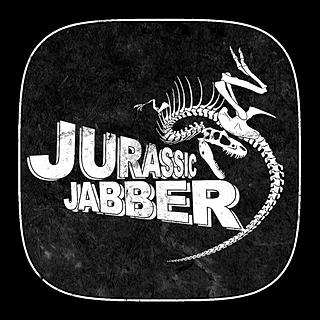Dinosaur Brain Air Conditioning
- Benjamino Manarello
- Jul 14, 2017
- 3 min read
We are all familiar with the "Head Butting" dinosaurs like Pachycephalosaurus, which I am sorry to say, NEVER WOULD HAVE BUTTED HEADS! 9-inches of solid bone with air passages, gaps, honeycombs or cushion between the top of the skull and the brain. If these Pachycephalosaurids actually set up like a modern day ram and smashed their heads together they would both knock each other out with the potential of killing each other. Not to mention the top of their heads are round!

As explained by "Dinosaur George", (Look up his podcasts on itunes for some great insight) Take two bowling balls and stand 15 feet apart. Now run and ram these balls into each other. What happens you ask? The rounded surfaces slide off each other to ether side. Imagine doing that with an animal that has very pointed spikes coming out the side of the head under the dome. These animals would most certainly have slid off each other skulls and punctured their eyes if they did this. No animal would risk loosing their sight.

But I digress...The main reason for this post is to tell you literally how cool these dinosaurs brains were. A new discovery of a Stegoceras, a much smaller version of the larger Pachycephalosaurus was found in the 75 million year old rock of Alberta, Canada. The animal almost had a complete skeleton including the skull which is rare for these animals. Nature and time are not kind to this type of bone structure. there have been plenty of these skeletons that had been found with a crushed or no head.
The skull was transferred to Witmer labs in Ohio to be studied and put through a CT scanner to get a digital 3D projection of the inside of the skull. In doing so they found something amazing! The nasal passages did not flow directly into the olfactory system of these animals (The system dedicated to smell). These animals have a large olfactory system and would have had an amazing sense of smell.
A large air passage comes from the nasal opening and travels directly down the esophagus. Here is where it gets "COOL". These animals had turbinates! Structures on the side wall of the inside of the nose. They project into the nasal passages as ridges of tissue. The turbinates help cool, warm and moisturize air as it flows through the nose. A lot of tetrapods like us have turbinates as well.

So these small turbinates take the incoming air and redirect a portion to pass through the olfactory system so the animal can register smells. Then the air would pass over and cool the blood before traveling to the brain! And the air and blood is cooled faster if the animal is running! This means that these animals had an organic internal air conditioner. It also means that the animal did not overhead very easy if it found itself running from a Tyrannosaurus. This also means that the animal would recover faster than reptiles.
In closing this is a major breakthrough to how air traveled through these animals and how we inherited a intake system. Talk about keeping it cool. :) Touching back on how they did not actually but heads, its thought these animals would have stood side by side and would thrust their dome and spikes into the sides and chest of each other just like modern day Giraffes.
Giraffe you ask? YA! Its Brutal! Watch this video.





























Comments